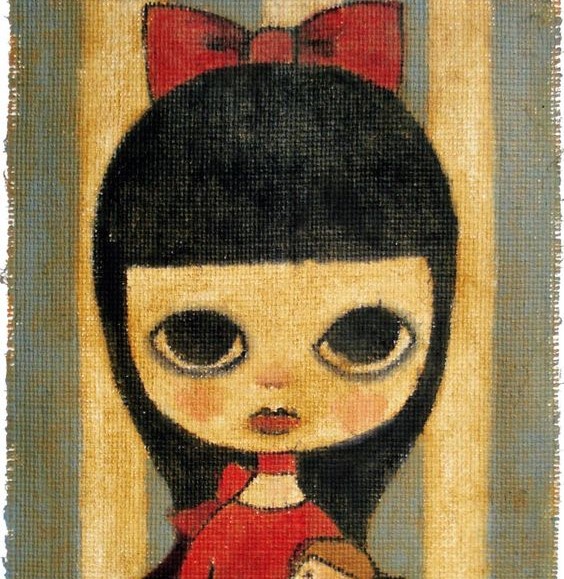Autism
Cards (19)
- Autism Spectrum Disorder – History and current diagnostic criteria
- Autism Spectrum Disorder – History and current diagnostic criteriaDSM-5, APA 20131. Social Communication and Interaction2.Restricted and Repetitive behaviours
- Autism Spectrum Disorder – History and current diagnostic criteria
- Autism Spectrum Disorder – History and current diagnostic criteria
- Autism Spectrum Disorder – History and current diagnostic criteria
- Epidemiology
- Incidence: Number of new cases in particular time frame in particular population
- Prevalence Total number of cases at a particular time in particular population
- Gender differences
- Studies considering the items of AQ (and their differential functioning) in adults founds no bias towards males (Grove et al., 20107)
- Similar evidence was found for SRS and ADOS in children (Frazier & Hardan, 2017)
- Or is it that women camouflage their symptoms? Bargiela et al., 2016
- Gender differences
- Gender differences
- Gender difference: Or is it that women camouflage their symptoms? Bargiela et al., 2016
- Although the DSM-5 allows for an ASD diagnosis during adulthood, such a diagnosis necessitates the presence of symptoms during early development.
- Specifically, it is clarified that such symptoms may not have fully manifested in the past due to lower social demands or it may be that these were masked by learned strategies.
- Gender differences
- Cognitive Theories
- Theory of Mind
- Executive Dysfunction Model
- Theory of Mind
- Studies suggest that siblings promote the development of ToM but may depend on birth order (McAlister & Peterson 2013; Paine et al., 2018)
- They are not unique to ASD
- They cannot account for all characteristics
- Executive Dysfunction Model
- Siblings also promote the EF skills (Cole & Mitchell, 2000)
- Aetiology
- Early onset
- Strong persistence
- But a heterogeneous group
- Kanner originally argues for a pure biological origin
- Clinicians later argued it was learnt from cold introverted parents (Bettelheim, 1967)
- Now, widely accepted that it is of biological origin with polygenic origin and high heritability (range from 30% and argued to exceed 80%)
- Contribution form environmental factors suggesting an interaction
- AetiologyFirst twin study by Folstein & Rutter, 1977
- Identical twins showed a concordance rate of 36%
- Non-identical twins showed 0%
Broader Autism Phenotype (see Sucksmith et al., 2011 review)- Spectrum of traits in family members not reaching threshold for clinical diagnosis
- Such as social and communication difficulties, reduced ToM, reduced emotion recognition etc
- Identical twins show a concordance rate of 82%
- Non-identical twin show 10%
- Autism as a trait and general population
- Genetic findings
- Inherited genetic mechanisms such as common and rare gene variants
- Non inherited genetic mechanisms, de novo gene mutations
- Various environmental factors have been implicated, such as...
- Hypotheroidism
- Cocaine
- Alcohol use
- Valproic acids
- Vaccines containing mercury (supported by little or no evidence; Hughes 2009), or others not containing mercury (e.g. MMR)
- Complications during birth
- Parental age
